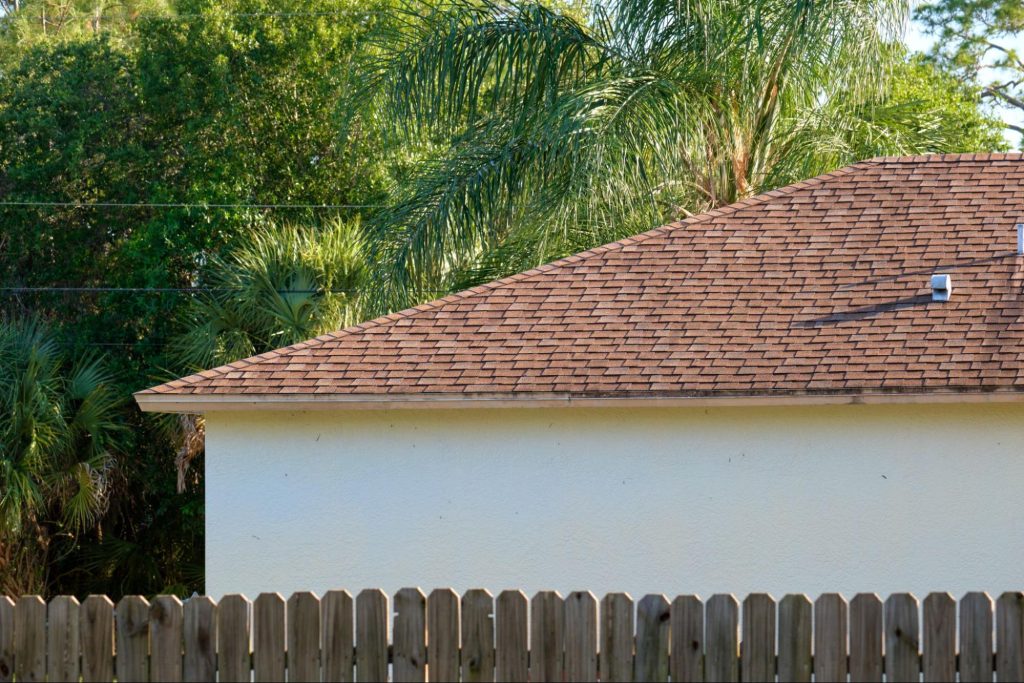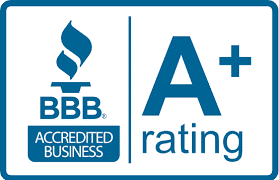What is Involved in Roofing Replacements? A Complete Guide
When a roof begins to age, the signs appear fast, such as leaks during heavy rain, missing shingles, or fading patches that dull the home’s charm. A reliable roof protects your home from harsh weather, controls indoor temperature, and supports property value. Over time, even the strongest materials deteriorate under constant exposure to sunlight and moisture. Understanding what’s involved in roofing replacements gives homeowners the insight needed to confidently restore strength, safety, and style to their homes. Understanding Roofing Replacements Roofing replacements involve removing old roofing materials and installing a new system to protect the home. This process covers everything from decking inspection to the final layer of shingles or tiles. Homeowners often confuse replacements with repairs, but replacements rebuild the entire structure for lasting durability. Knowing how the process works helps you appreciate the value of a properly installed roof and what professionals do to achieve it. What a Roofing Replacement Involves A complete replacement starts by removing old materials, including shingles, nails, and underlayment. Roofing contractors inspect the wooden decking beneath to identify rot, cracks, or moisture damage that could weaken support. Once repairs are complete, they add waterproof underlayment and metal flashing around valleys, vents, and chimneys for leak prevention. New shingles or tiles are installed in uniform rows for a balanced appearance and solid protection. The process ends with ridge caps and ventilation components to maintain airflow and regulate attic temperature. Every layer serves a purpose, creating a roof that performs efficiently and lasts for decades. When Roofing Replacements Become Necessary Old roofs show clear signs when they can no longer perform properly. Curling or missing shingles, sagging areas, or water stains on ceilings indicate severe wear. Constant patchwork repairs become costly and ineffective over time. Once leaks spread or decking weakens, complete replacement becomes the practical solution. A professional inspection identifies the extent of deterioration and confirms the best course of action. Replacing the roof promptly prevents structural damage and restores peace of mind. Roof Replacement vs. Roof Repair Roof repairs handle surface problems like isolated leaks or damaged shingles, while replacements address root causes hidden beneath layers. Repairs temporarily extend the roof’s life but may not fix underlying decking or ventilation issues. In contrast, replacements start fresh, eliminating weak spots and old materials. This investment saves money in the long term by reducing maintenance costs and energy waste. Roof replacements upgrade insulation and curb appeal, adding comfort and resale value. The decision depends on roof age, damage severity, and future maintenance goals. Preparing for Roofing Replacements Preparation is key to a smooth, efficient roofing replacement. Proper planning minimizes disruptions and keeps the project on schedule. Homeowners who prepare their property and understand each step experience fewer issues during installation. A well-organized approach allows contractors to work safely, quickly, and with optimal results. Roof Inspection and Assessment Professional roofers begin with an in-depth inspection to assess the roof’s condition. They check for water damage, structural sagging, and ventilation balance that affect long-term performance. Specialized tools help detect trapped moisture that may not be visible from the surface. After inspection, roofers explain their findings clearly, outlining repair or replacement options. This transparency helps homeowners make informed choices without unnecessary expenses. A detailed assessment builds the foundation for accurate estimates and quality results. Choosing the Right Roofing Materials Selecting materials depends on climate, budget, and design preferences. Asphalt shingles remain popular for affordability and simple installation. Metal roofing offers extended durability, energy savings, and weather resistance, which makes it ideal for humid or coastal areas. Clay and slate tiles deliver elegance and longevity but require reinforced structures due to weight. Composite or synthetic options combine classic appearance with modern strength. A trusted roofing professional helps match materials with home style and performance needs, balancing cost with value. Estimating Costs and Getting Quotes Roofing replacement prices vary based on size, slope, and materials used. Contractors usually measure the roof area and calculate costs per square foot, including labor and disposal fees. Homeowners should request detailed quotes outlining materials, warranty terms, and cleanup services. Comparing multiple estimates ensures fair pricing and prevents hidden charges. Transparent contractors explain cost factors like ventilation upgrades or decking repairs. A fair estimate reflects experience, quality materials, and trustworthy service. Preparing the Home for Replacement Before work begins, clear the driveway, lawn, and patio areas around the home. Cover valuable items in the attic to protect against falling debris and dust. Contractors may place tarps over shrubs and move outdoor furniture to safe zones. Communication is vital; confirm the project schedule, noise expectations, and safety measures. Pets and children should remain indoors during active work hours. These simple steps make installation faster, cleaner, and safer for everyone involved. The Roofing Replacement Process The roofing replacement process follows structured steps that combine craftsmanship, safety, and precision. Every phase impacts quality and longevity, from removing old materials to final inspection. Professional roofing contractors use specialized tools and proven techniques to ensure consistent results. Understanding this sequence helps homeowners track progress confidently. Removing the Old Roofing The crew removes all existing shingles, underlayment, and flashing materials. This step exposes the decking, allowing a clear view of potential structural issues. Contractors carefully dispose of waste materials using designated bins to maintain cleanliness. Tarps or protective barriers prevent debris from damaging landscaping or gutters. Although noisy, this process is essential for a fresh and stable foundation. Clean surfaces allow for the secure installation of new roofing layers. Inspecting and Repairing the Roof Deck Once cleared, the decking undergoes close examination for signs of rot, soft spots, or cracks. Damaged boards are replaced to maintain structural strength. Contractors tighten any loose nails and apply sealants where needed for reinforcement. This inspection ensures the roof can hold new materials without shifting or bending. Decking repairs directly influence how long the roof will last under weather pressure. Precision during this stage determines long-term durability and safety. Installing the New Roofing System Roofers install an underlayment to create a waterproof barrier between








